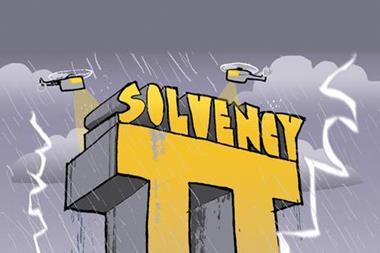Pricewaterhouse Coopers responds to initial QIS5 feedback
Insurers that do not act on the results of the fifth Solvency II quantitative impact study could face difficult questions from investors, analysts and the market, Pricewaterhouse Coopers has warned.
Speaking in response to the initial feedback of the QIS5 study results, Jonathan Howe, PwC insurance partner, said: “QIS5 provides insurers with the clearest view to date of what their businesses will look like under Solvency II.
"According to our research, non-life firms could see significant capital increases under the directive as it currently stands, so it is vital insurers explore what options they have available to maximise capital now. This will include identifying where they believe current measures are inappropriate."
He continued: “The results may lead to an increase in M&A activity, as insurers look for additional diversification to offset some of their more capital intensive exposures. Acquisition opportunities are also set to increase as companies seek to offload capital intensive non-core business.
“Based on QIS5, which incorporates market consistent measures, capital is expected to be sensitive to market conditions. This in turn may result in future life insurance products containing fewer financial guarantees and an increase in the use of hedging of financial guarantees. An increase in hedging costs may in turn be passed on to the consumer.
“Insurers will also be reviewing their investment and debt financing strategies as certain asset classes and debt instruments will carry higher capital charges or be classified differently under the directive. Additionally, higher capital charges will mean certain products become unprofitable, leading insurers to stop writing certain classes of business or re-designing some products. The results may also impact some firms’ decision to seek approval for the use of an internal model."
How added: “We are also likely to see further restructuring within the insurance industry as companies look for ways to reduce capital and compliance costs, and align their group structures to the new Solvency II world.
“QIS5 has brought the capital implications of Solvency II into sharp focus and has left insurers facing a number of important decisions. Those companies that address the impacts too late will be left facing difficult questions from investors, analysts and the market and will find it progressively harder to rectify their capital situation before the 2013 deadline.
“The recent proposed transitional arrangements under Omnibus II means firms will need to make strategic decisions over the next two years without perfect information of the final regulations. The more detailed information insurers have around different outcomes, the better prepared they will be.”






































No comments yet